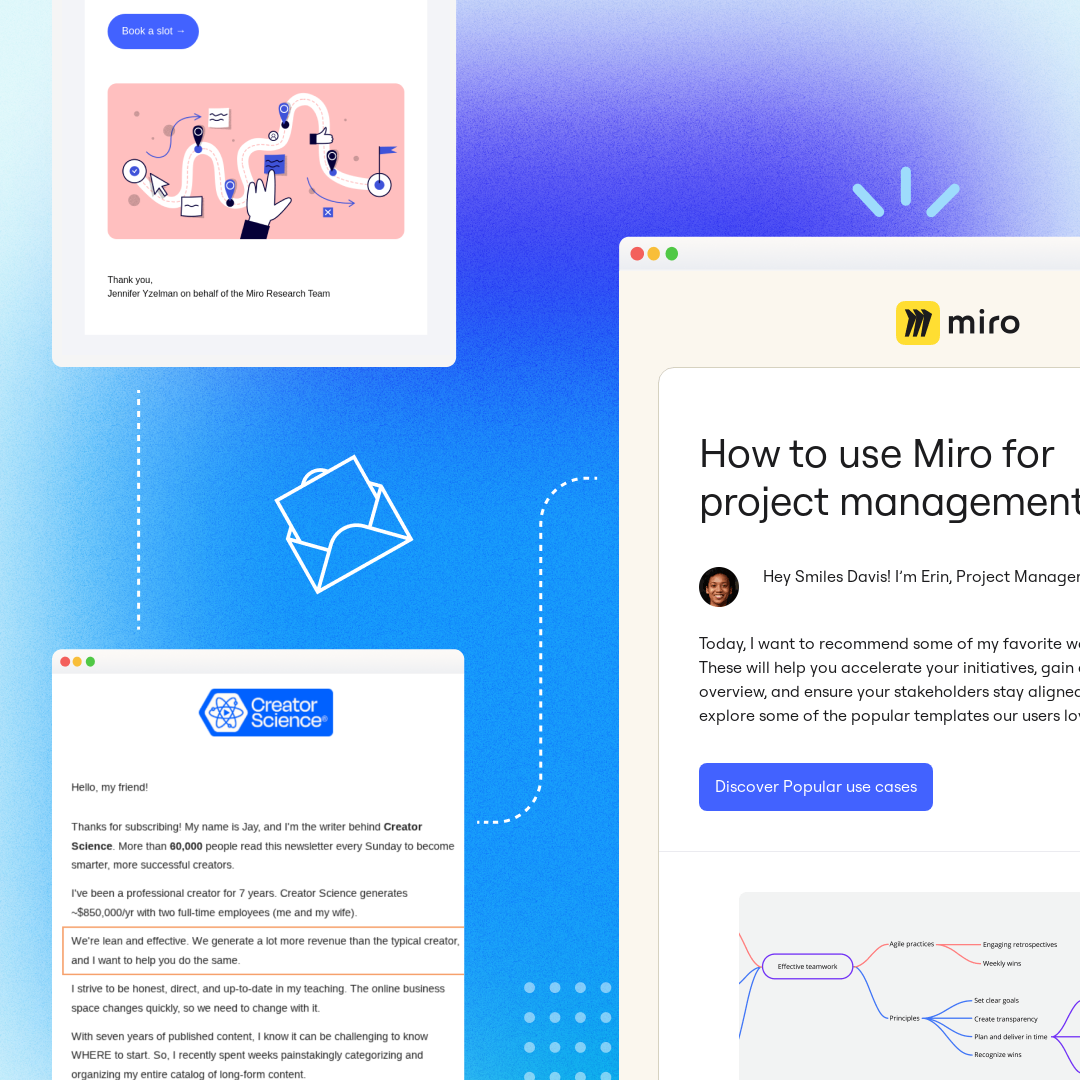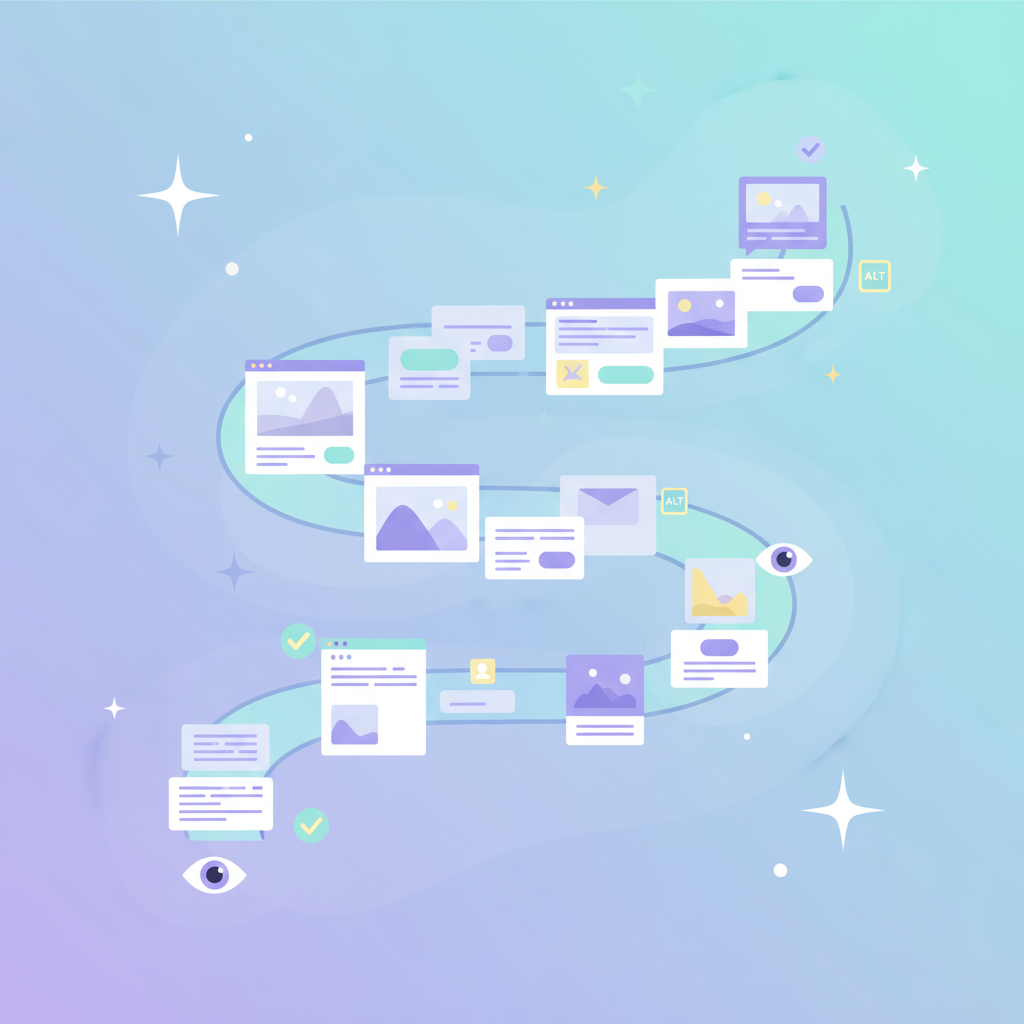
Months after it began, the COVID-19 pandemic is still underway — and this is creating a major dilemma for brands. The news is different every day. The situation is constantly evolving, and many companies aren’t sure how to tweak their marketing to deal with this crisis. What’s appropriate and what’s not? How many emails should you be sending? When is it acceptable to go back to normal sales emails? If you’ve been asking these questions, here are some crisis communication best practices to follow as you think through your strategy for email marketing in the pandemic.
Focus on transparency
Don’t know what’s going to happen next? That’s totally okay — but tell your customers that and tell them they’ll be the first to know when you figure it out. 84% of customers think honesty is an important trait for brands. Your customers are more likely to support you if you’re honest and upfront about everything, especially during times of crisis.
Your customers are more likely to support you if you’re honest and upfront about everything, especially during times of crisis.
Xfinity has addressed the COVID-19 situation with its customers by sending regular update emails to inform customers about store closures, openings and anything else that’s going on. These straightforward emails can go a long way in helping your customers feel reassured and content.Subject line: Next steps in our COVID-19 response

Watch your tone
Market like you care by paying close attention to the tone of voice used in your email. Be authentic and empathetic, reaching out to your customers instead of solely focusing on yourself. It’s also nice to talk about other things than the pandemic. Everyone is talking about COVID-19. Chances are, you don’t have any news that your customers haven’t heard before. Lancôme gave a recent sales email a COVID-appropriate makeover by including copy that read “Now is the time for generosity” and signing off with a “Take care and stay safe” message to customers.Subject line: FREE SKINCARE ON US ENDS AT MIDNIGHT

Be realistic
Reassure customers that shipments are still going out, but be upfront about any potential delays. Again, customers appreciate honesty. Being realistic about timing is absolutely a best practice for email marketing in the pandemic. In a recent sales email, Artifact Uprising added a quick note at the bottom saying the company was shipping orders on time and expected delivery could be found at checkout.Subject line: Introducing: The signature layflat album

Consider frequency
How often should you be emailing customers right now? This will depend on the nature of your product or service and the level of feedback and engagement you’re getting from customers. It’s important to continue with regular emails to stay top of mind and make a good impression in this crucial time. But think about quality versus quantity to avoid overwhelming anyone. If you usually send four emails a week, for example, try cutting back to one or two. Then use the level of engagement you receive to further tweak your strategy for email marketing in the pandemic.
Use this time well
Use this time to take steps that will help your business in the future. For example, people who are just sitting around at home may be more likely to take a survey right now. A recent email from CVS read, “Now more than ever we want to support you and your family. Are we doing that? Let us know!” Direct feedback will not only be helpful down the road — it can help inform your current strategy, too.Subject line: Get food & beverages delivered in a few clicks.

Use segmentation to be more sensitive
Segmenting your email list can help you be sensitive to each individual customer’s needs. One reason email marketing in the pandemic is so difficult is because everyone’s situation is different. Some people are sitting at home bored, while others are on the front lines at hospitals or working other essential jobs.Geographical segmentation can help you be sensitive to which states are impacted most. Knowing your audience is equally important. A company that serves healthcare workers, for instance, will need a different strategy than a company that doesn’t.
Provide free resources
Offer some resources at no cost to give back to your customers. Mamma Chia recently sent an email announcing a free yoga class for its followers. This is a great way to show how you value your customers — and if the preview of your product gets them to convert down the road, that’s not a bad thing, either.Subject line: FREE virtual yoga class tomorrow!

Feel out the situation
The “right” time to resume normal sales and promotional emails will probably look different for every company. A company that offers a product for people who work from home might be sending sales emails as usual with just a few tweaks to the copy. But brands who serve healthcare workers will want to be sensitive for longer.Keep an eye on this evolving situation and consider your audience and industry. In the end, you know your brand and your audience best, and when to continue marketing as usual is a decision that only you can make. In the meantime, send emails with timely and relevant messaging — such as this promotional Old Navy email that points out how a new shirt is perfect for “casual backyard strolls.”Subject line: Twelve-dollar hoodies for one day only

Wrap-up: Email marketing in the pandemic
The key to email marketing in the pandemic is to be as empathetic and relevant as possible. Use insights about your specific audience and their needs to guide your content strategy during this time. And remember, everything you do right now should be setting you up for success when the pandemic is over.Use the BEE template catalog to help you design timely and beautiful emails. We have hundreds of ready-to-go templates that can save you time as you create messages to send to your email list. Let our templates guide you as you craft your strategy for email marketing in the pandemic.
Share this post with your friends! Pin it on Pinterest ?




